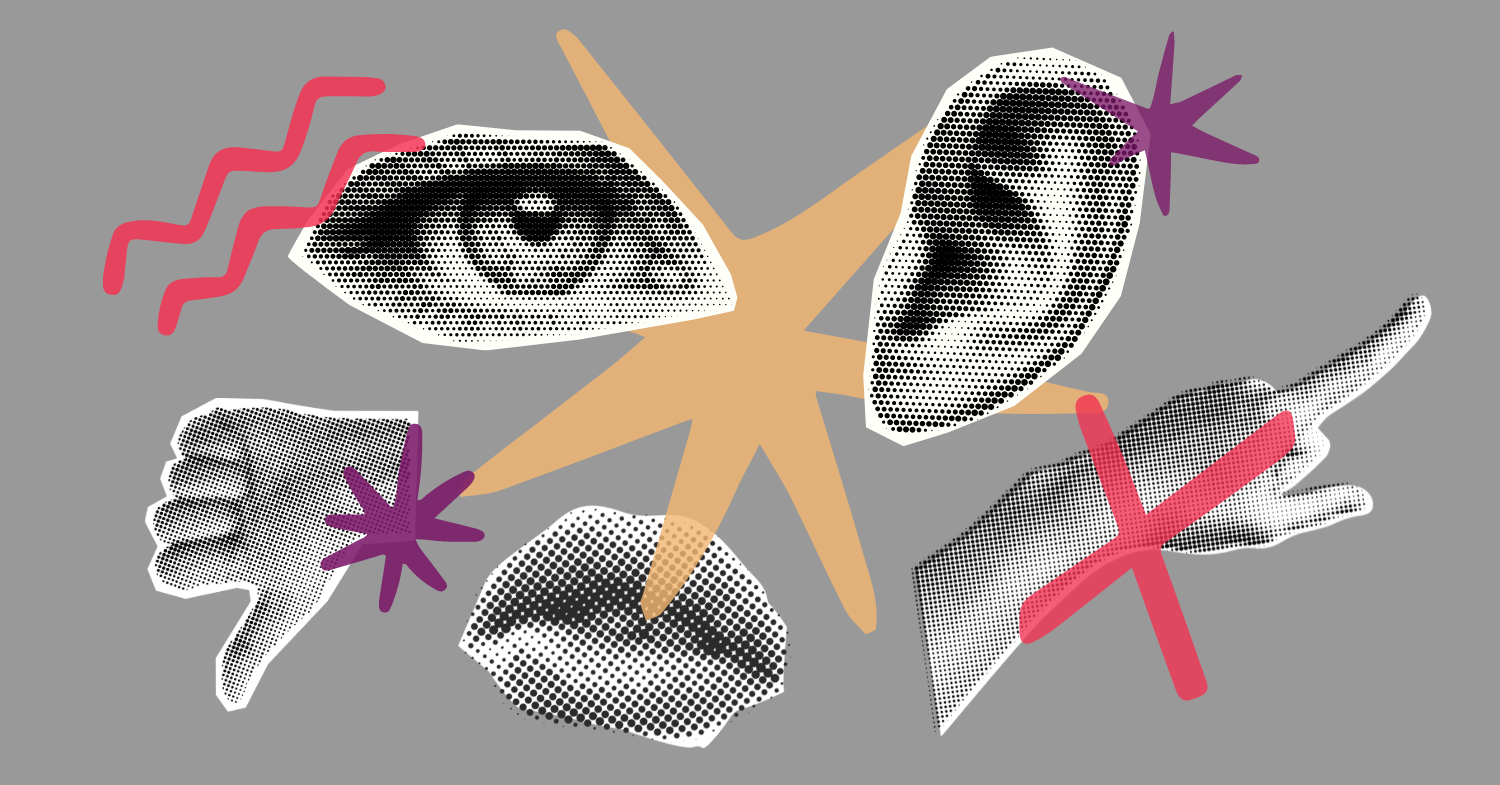What is implicit bias?
Implicit biases, also referred to as unconscious biases, are societal stereotypes that individuals unconsciously form about groups of people, separate from their own conscious awareness. Often, individuals are not aware of their biases.
Some biases may appear small but have a big impact on society. Researchers have attributed many disparities to implicit bias, like the gender pay gap, police use of force on communities of color, and health disparities. Alongside institutional structures and policies, many scholars say employees’ implicit biases can contribute to instances of discrimination and racism in the workplace. As a result, many Diversity, Equity, and Inclusion (DEI) practitioners have sought solutions to reduce implicit biases in individuals.
Can implicit bias be reduced?
There is not broad consensus among researchers about whether we can truly alter one’s implicit biases. Recent research suggests that implicit associations may be malleable to change. However, the majority of studies on modifying implicit associations only look at short-term results. In fact, only 3.7% of 585 studies attempted to look at longer-term change.
What is implicit bias training?
Implicit bias training is known by many names, including unconscious bias training and anti-bias training. No matter its name, this training is often broken down into four main categories: (1) awareness raising, (2) implicit bias change, (3) explicit bias change, and (4) behavior change.
The core goal of these trainings is to support people in acknowledging their own unconscious racial biases, with the understanding that awareness of how racism impacts one’s behavior and decisions at an unconscious level is the first step in changing behavior. Corporations and higher education institutions attempt to combat implicit biases by offering diversity training, and they have done so for decades.
Does implicit bias training work?
The short answer is not really. Many studies dating back to the 1930s indicate that anti-bias training does not reduce bias, alter behavior, or improve the workplace. While anti-bias training may serve as part of the solution to addressing its occurrence in the workplace, oftentimes, these interventions are implemented much too late to truly eliminate it.
“The fact is: implicit bias has been learned over a lifetime of media exposure and experiences, and short-term interventions, such as diversity training, simply don’t change those attitudes and behaviors.”
The fact is: implicit bias has been learned over a lifetime of media exposure and experiences, and short-term interventions, such as diversity training, simply don’t change those attitudes and behaviors. This is due to the fact that addressing unconscious bias alone may not lead to a reduction in discrimination, as discrimination often stems from learned behaviors or entrenched organizational practices.
Further, organizations tend to rely solely on anti-bias training as a core part of their DEI programming, which risks inflating their confidence in their efforts and leading to complacency to address discrimination in their organizations. It is important that organizations consider training as part of a larger plan to address bias and discrimination in their workplace.
What would work better to reduce implicit bias?
Though implicit bias training in its current form is not always effective, the model can be improved. Research suggests that implicit bias interventions may be more impactful when introduced in early childhood. Instead of attempting to change implicit bias, it is recommended that strategists focus on school settings where children learn values. Researchers from the Institutional Antiracism and Accountability (IARA) Project shared, “The research is clear: Talking about race makes young people more prepared to address racial biases rather than more likely to perpetuate them.”
Some scholars suggest that reframing implicit bias training could be effective. For example, viable alternatives include reframing implicit bias as a ‘habit that needs to be broken’, focusing on systems and structural inequities and less on individual culpability, and integrating discussions of implicit bias into broader training — such as health and safety training.
One article recommends ensuring training is seen as voluntarily chosen, not externally imposed, to avoid weakening individuals’ commitment to diversity.
Moving forward: the future of implicit bias training
While the results of implicit bias trainings are mixed, there are reasons to feel positive about the future of implicit bias training. Experts agree that we must have honest conversations about the effectiveness of tools like implicit bias training to tackle broader issues like discrimination in the workplace.


